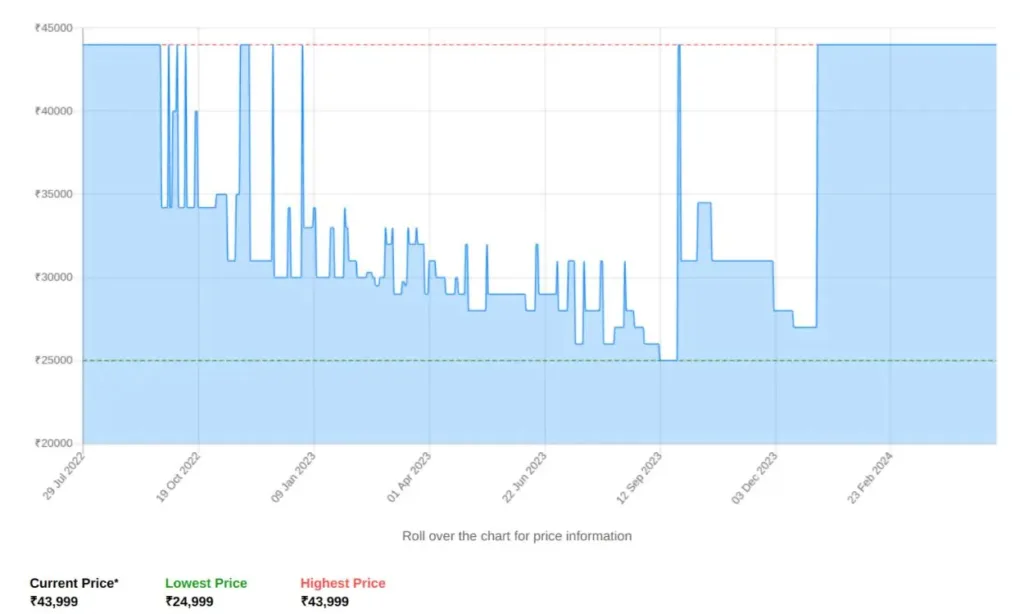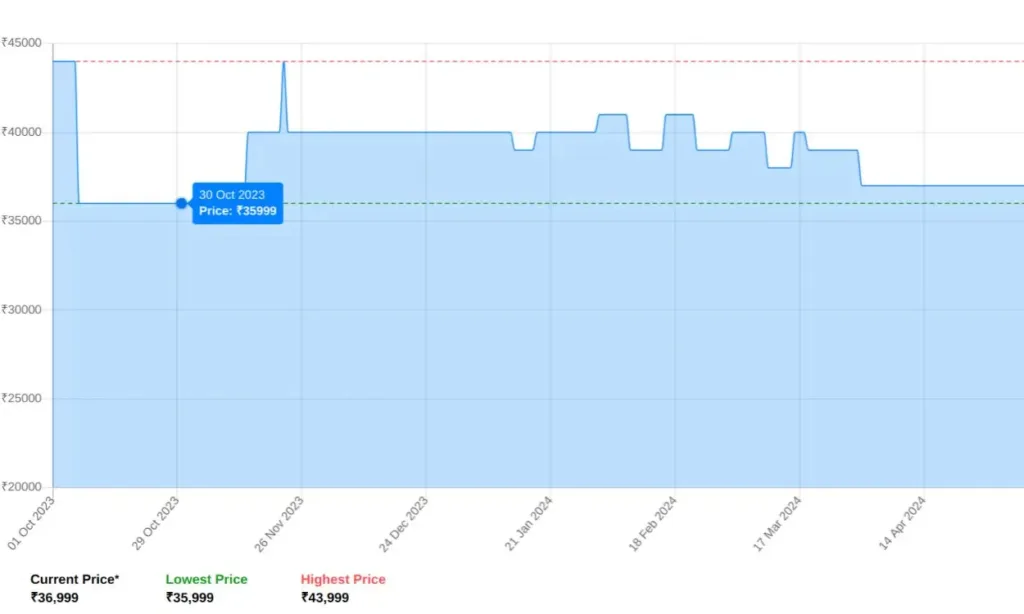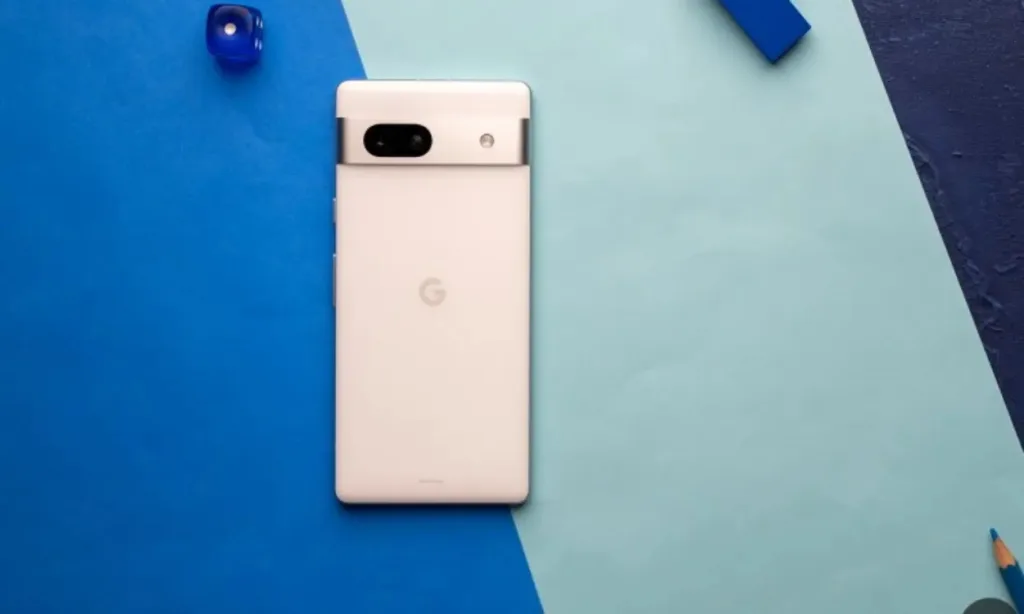
Every Google Pixel device released in India has faced criticism for being labeled as “overpriced,” and the trend continues with the Pixel 8a series. Google recently unveiled the Pixel 8a in India priced at Rs 52,000. This ongoing pattern suggests that with each new release, Google seems to be increasingly out of touch with the realities of the Indian smartphone market. But why is this happening? Let’s delve into the reasons behind this issue in this article.
Pixel 8a: Is the “A” for Affordable or Astronomical?
Setting aside the criticisms momentarily, let’s examine the specifications of the Pixel 8a. The device boasts a 6.1-inch 120Hz display, Tensor G3 chipset, a 4,400 mAh battery, and dual rear cameras. It also promises 7 years of updates, including Google’s latest AI features, akin to those found in the Pixel 8 series. Essentially, it appears to be a slightly smaller version of the Pixel 8.

Putting aside the pricing strategy in the US market, it’s noteworthy that the Pixel 8 series launched at a higher price point compared to the Pixel 7. Google seems to have maintained the same trend with the 8a series. However, this approach indicates a lack of understanding of the competitive landscape and the preferences of Indian consumers. Or perhaps, Google assumes that the allure of its cameras and AI features alone are sufficient to attract users to Pixel devices, which may not necessarily be the case.
While some may argue against comparing US pricing with that of India, it holds relevance in the context of the Pixel 8a. The US price of the 8a remains unchanged at $499, the same as the launch price of the Pixel 7a. However, in India, the Pixel 8a witnessed a significant Rs 9,000 price hike compared to its predecessor, the 7a.

Certainly, while the Pixel 8a offers improved features like a better display and extended update support, it’s essential to be mindful of the price sensitivity prevalent in markets like India, where consumers pay close attention to numerical values.
There’s a recurring jest within the Indian tech community encapsulated in the phrase “Now the waiting game begins.” This humor stems from Google’s tendency to slash prices on their latest Pixel devices mere months after their launch, primarily due to lackluster sales attributed to their initial pricing strategy.


The graphs provided depict the price fluctuations of the Pixel 6a (left) and 7a (right), showcasing nearly a 22% drop in prices within a short span. This trend elucidates why Pixel devices struggle to retain even half of their original value within a year, as Google consistently reduces prices shortly after launch.
In the current scenario, potential buyers may not wait for the Pixel 8a’s price reduction, given the elapsed time since the Pixel 8’s release. It’s plausible that the Pixel 8 might soon retail for less than the Pixel 8a, or Google could potentially discontinue the vanilla Pixel 8 altogether.
Why Does Pricing Pose a Challenge? Will Google Address It?

The Indian government imposes an 18% import tax on smartphones imported from China, including Pixels, which significantly inflates their prices in India. This explains Google’s intention to commence Pixel assembly in India, although updates on this initiative have been scarce lately.
Interestingly, previous Pixel models like the 7a and 6a did not experience a price hike despite facing the same tax implications. There seems to be a missing piece in this puzzle. Nevertheless, the recent price increase seems unjustified, especially considering the unchanged US pricing.
The crux of the issue lies in Google’s pricing strategy, which positions its devices well above competitors offering superior specifications at lower price points. While Pixels are renowned for their exceptional cameras and software, these features alone cannot mitigate persistent issues like overheating and poor cellular connectivity.

As a Pixel enthusiast, I appreciate the unique user experience enhancements offered by Pixel UI. However, the inflated pricing in India coupled with the absence of Pixel-exclusive features available internationally compelled me to switch to the OnePlus 12R.
Google must address these concerns as the current scenario makes it difficult to justify the premium pricing for enhanced cameras and AI features. Additionally, there’s a possibility that Google may discontinue the “budget” A series after releasing three Pixel 9 models this year.
What are your thoughts on the pricing of the Pixel 8a? Do you still plan to purchase one? Share your opinions with us in the comments section below.




